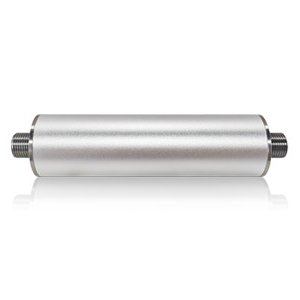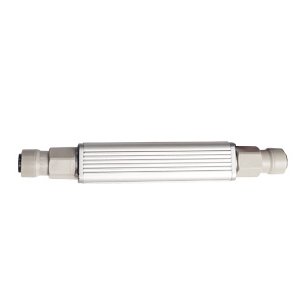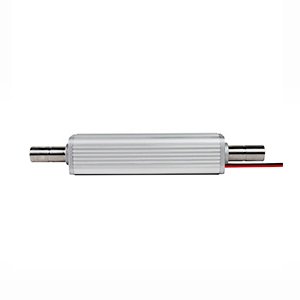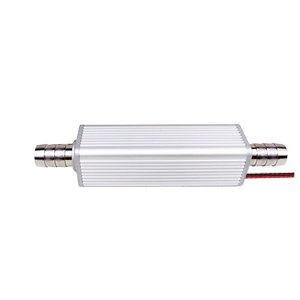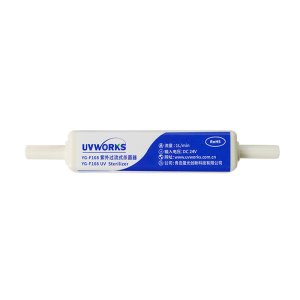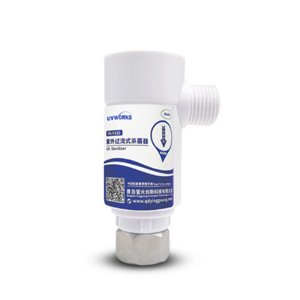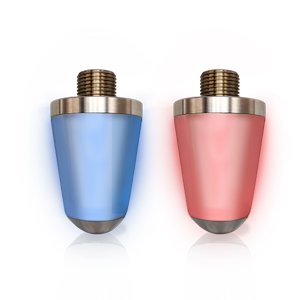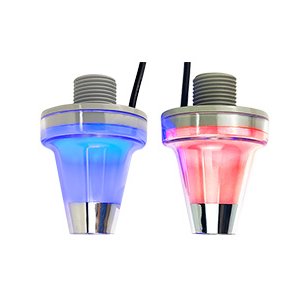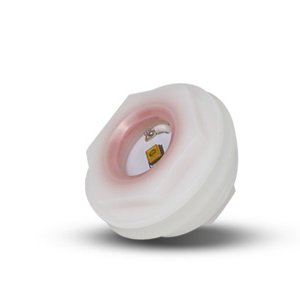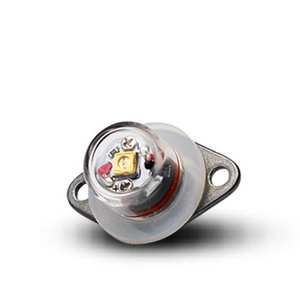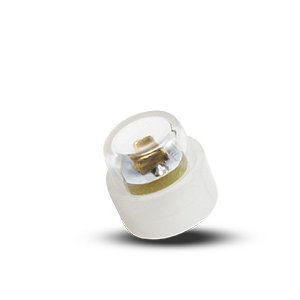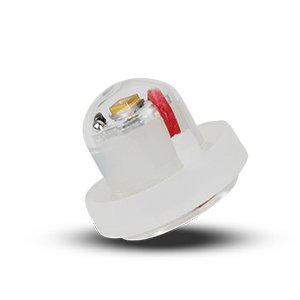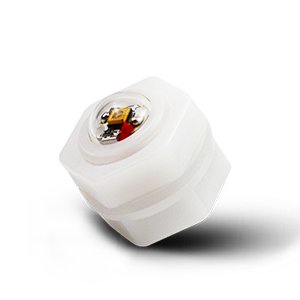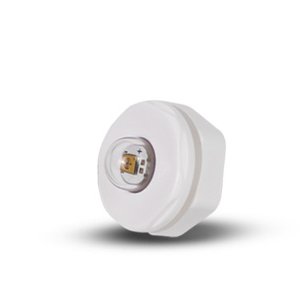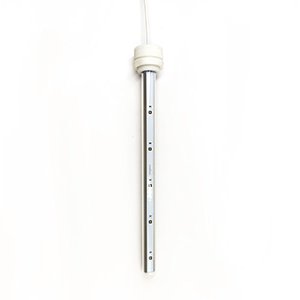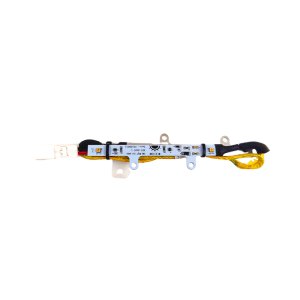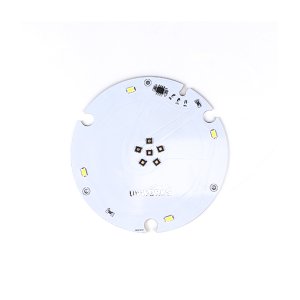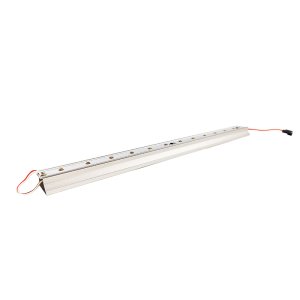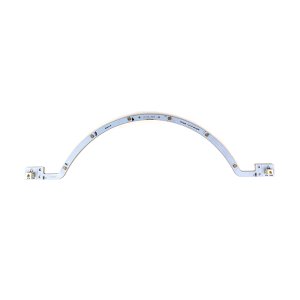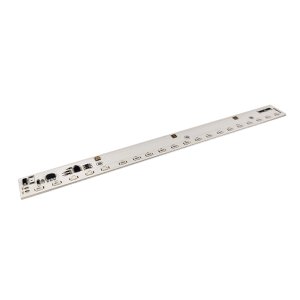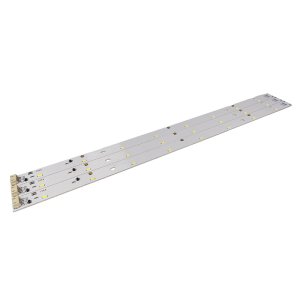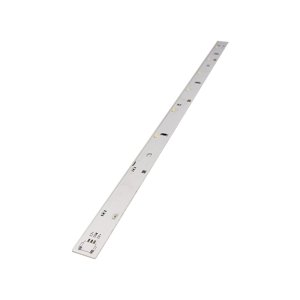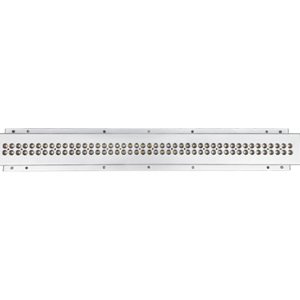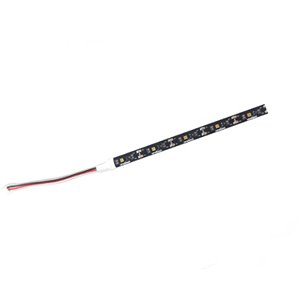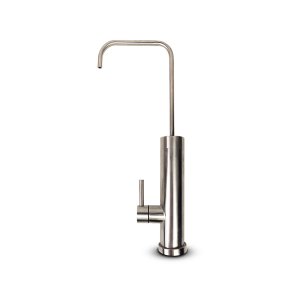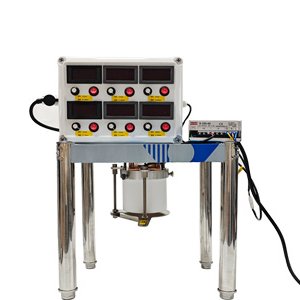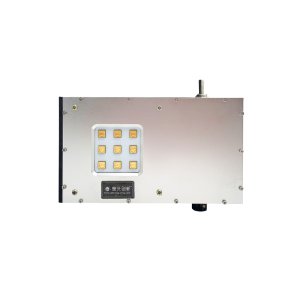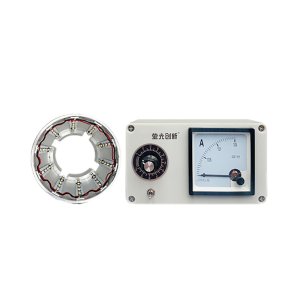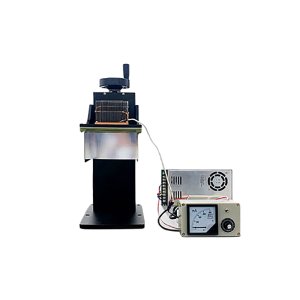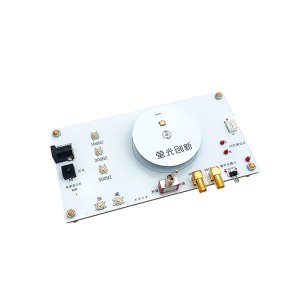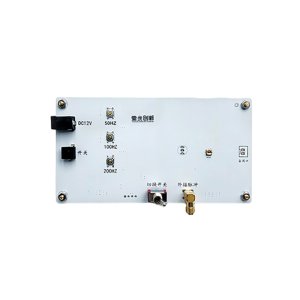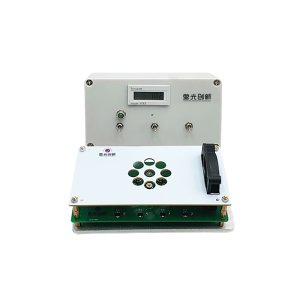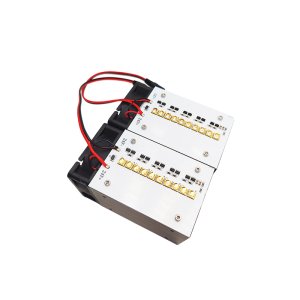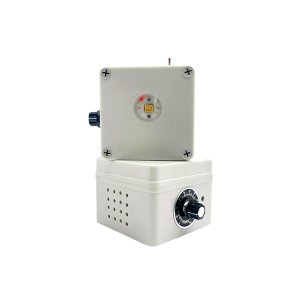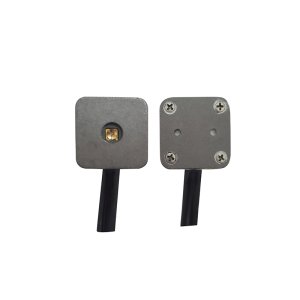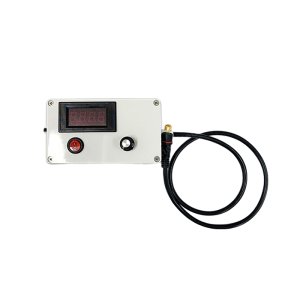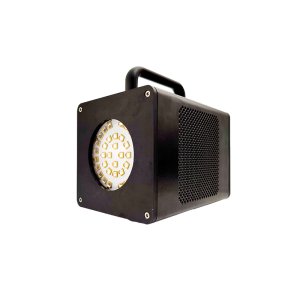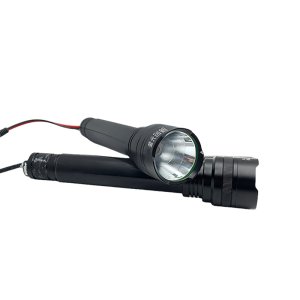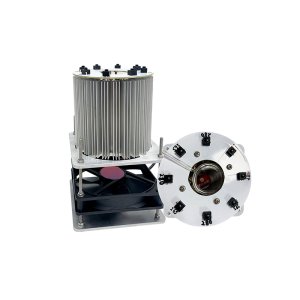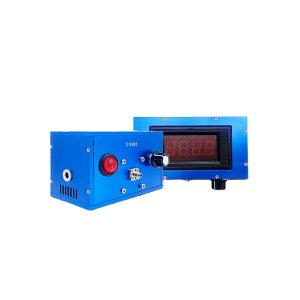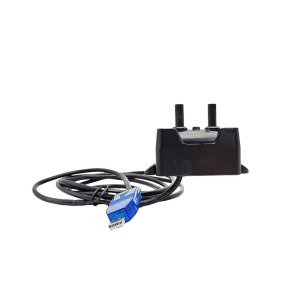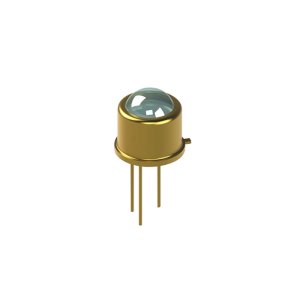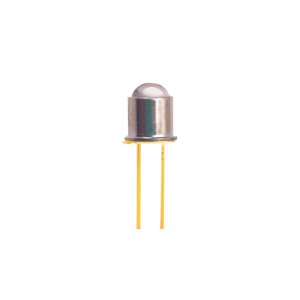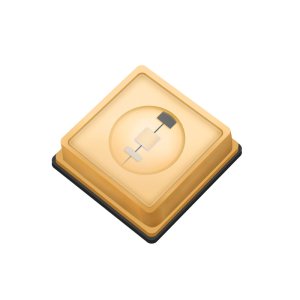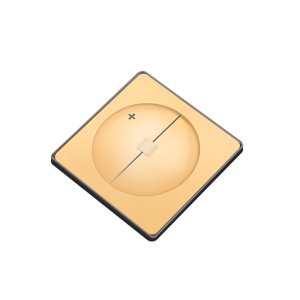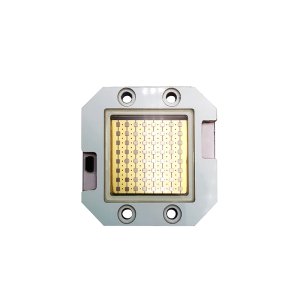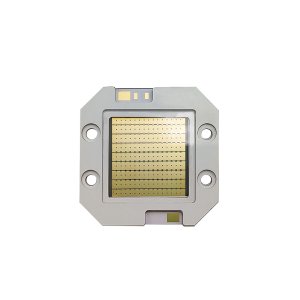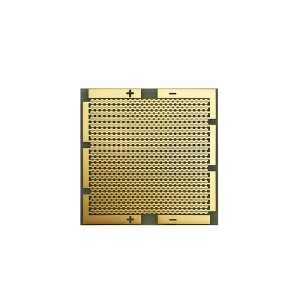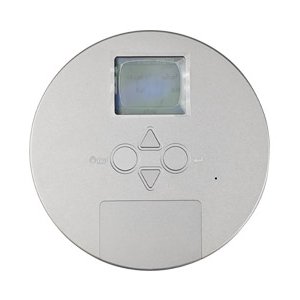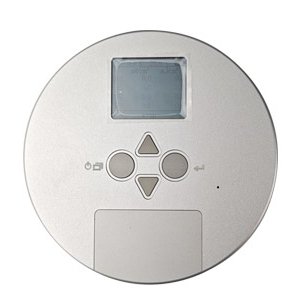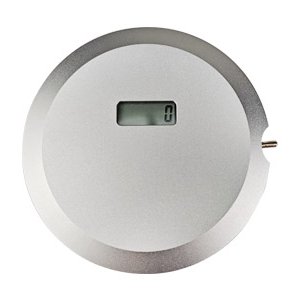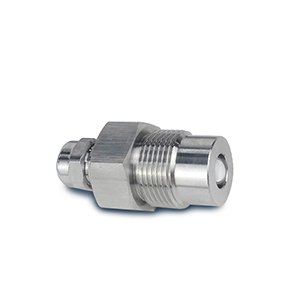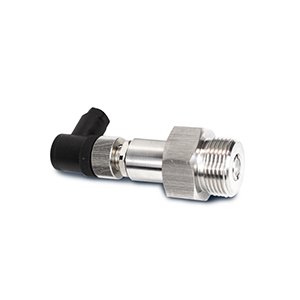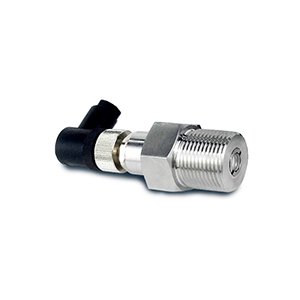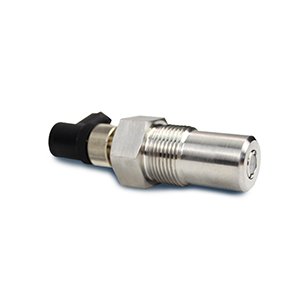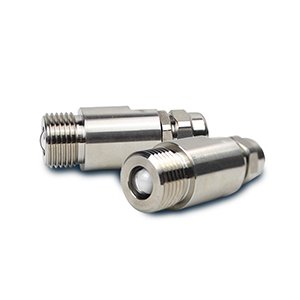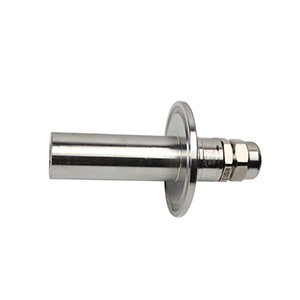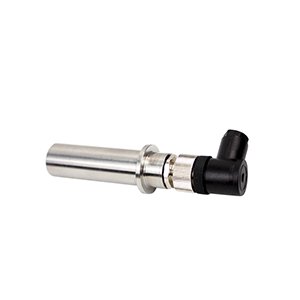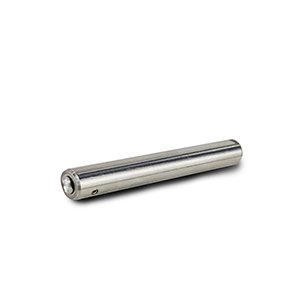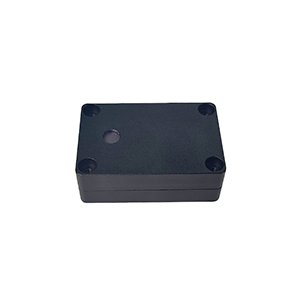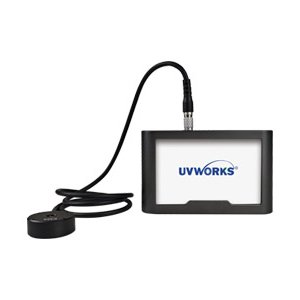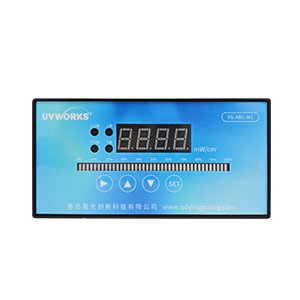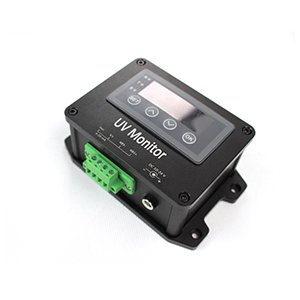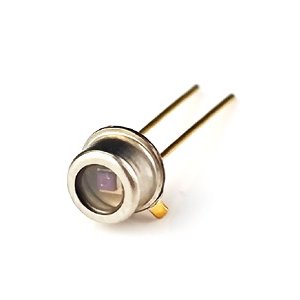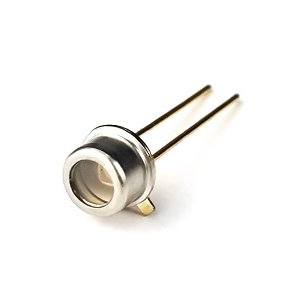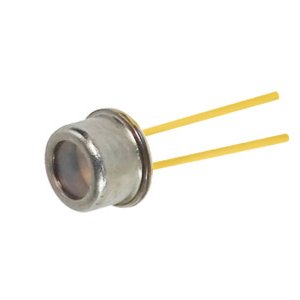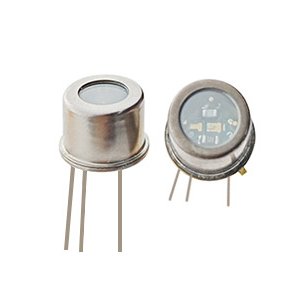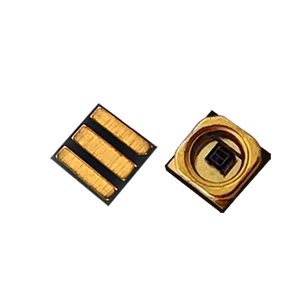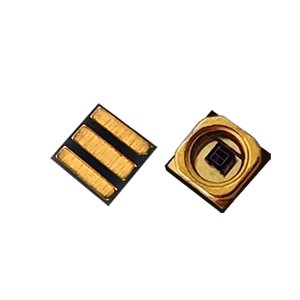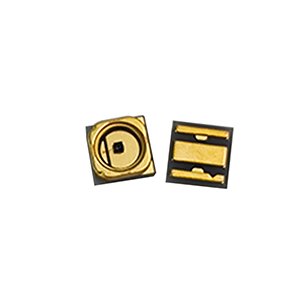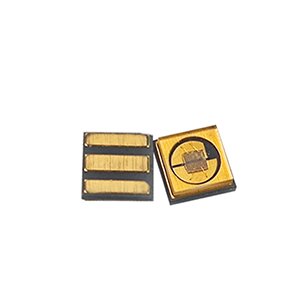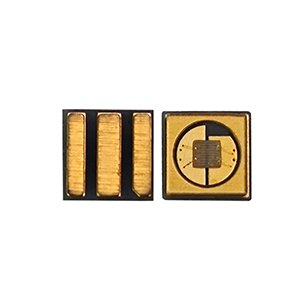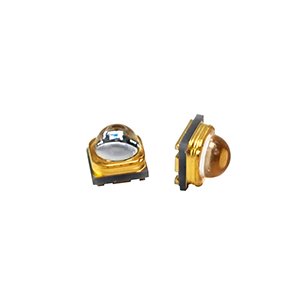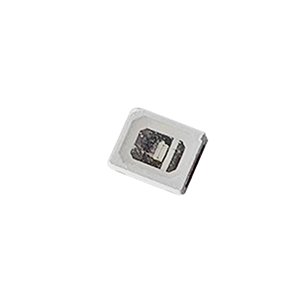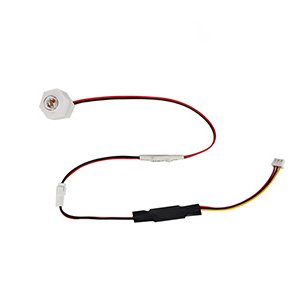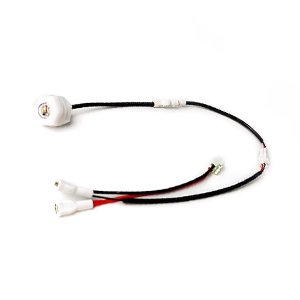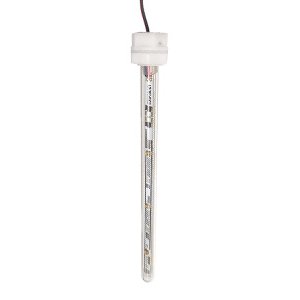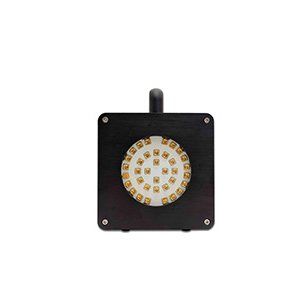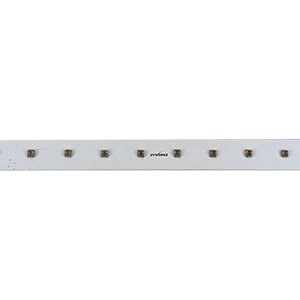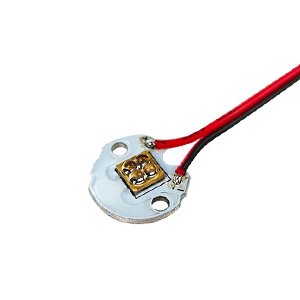
Does UVC led really have sterilization effect?
2022-06-17
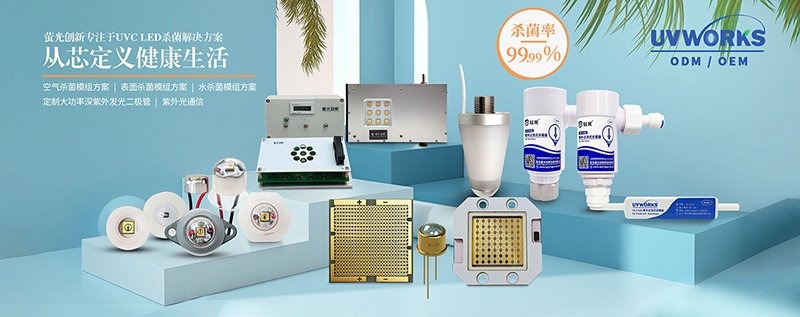
When it comes to UVC, the first thing people think of is sterilization. In recent years, under the influence of the epidemic situation, people are not unfamiliar with UVC. It uses UVC LED made by technical means to emit ultraviolet light, which can destroy the DNA base pairs of bacteria, so as to achieve sterilization effect.
The diagnosis and treatment plan for pneumonia infected by novel coronavirus (trial version 5) issued by the National Health Commission mentioned that "the virus is sensitive to ultraviolet and heat", and also implemented the feasibility of ultraviolet sterilization.
The experiment shows that UVC can effectively control the growth of bacteria after irradiation for a certain time.
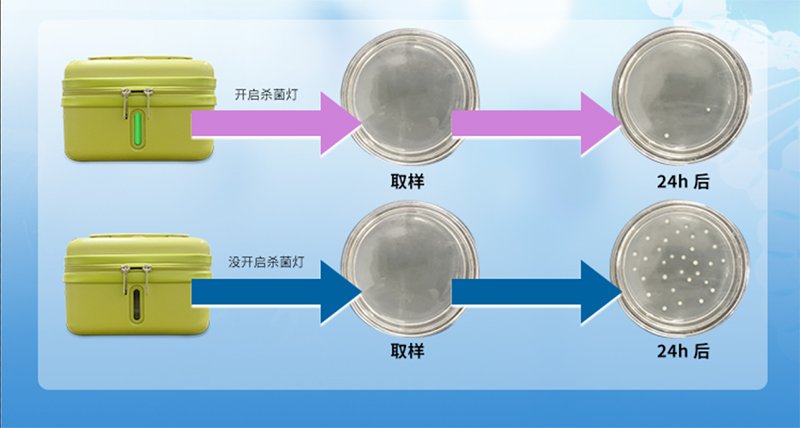
Through experiments, you must be curious about what UVC LED is and how small particles can emit huge energy?
Let's take a look at the UVC LED packaging process. Like other electronic components, UVC LED is also sensitive to heat. Improving heat management can effectively improve the service life of UVC led.
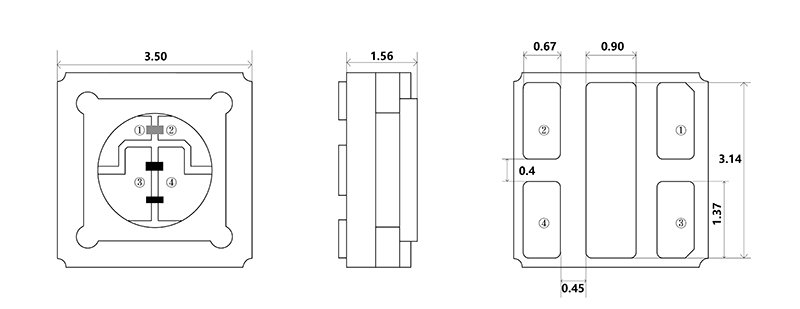
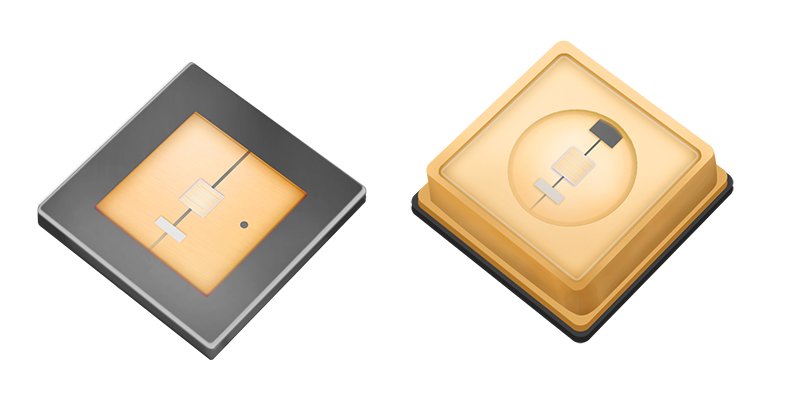
UVC LED has a particularly low external quantum efficiency. It only converts about 5% of the power into light, and the remaining 95% of the power is converted into heat. This leads to abnormal heating of UVC LED chip, which directly affects the service life and reliability of UVC led. It can be said that thermal management is the key to improve the service life of UVC led.
The LED is small in size, so the surface heat cannot be dissipated. It can only be dissipated from the back. In order to facilitate LED heat removal, it is transferred to the downstream packaging and modules.
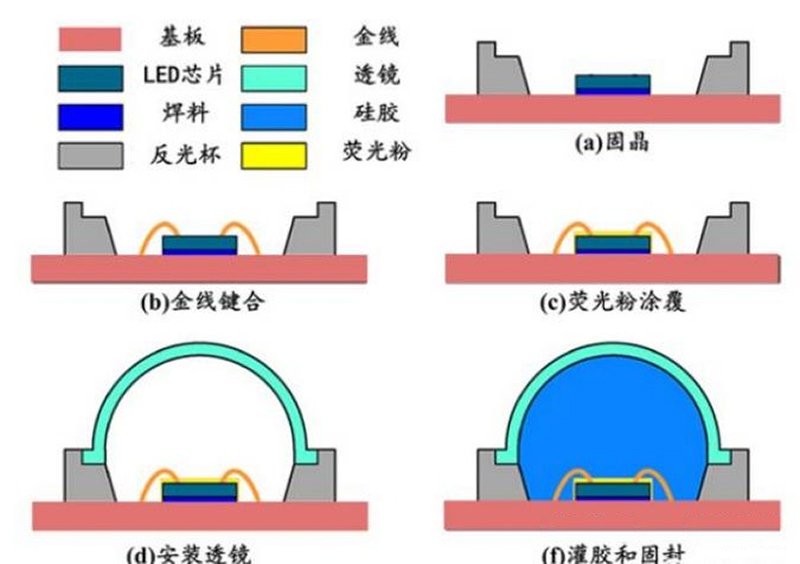
Packaging flow chart
The thermal management in the packaging process is inseparable from both materials and processes. At present, there is little difference in the packaging materials and solid crystal process of UVC led in the market, and the flip chip with high thermal conductivity aluminum nitride substrate is basically used.
Since there is little difference between materials and processes, why is the effect of thermal management so different? This is related to the heat dissipation of its light source module.
For multi chip integrated UVC LEDs, the more integrated chips, the more severe the heat dissipation problem. Although the manufacturer will improve the heat dissipation effect by reducing the welding void rate (the LED chip and the aluminum substrate are in a void state in the shape during the welding process), the aluminum substrate is not the final radiator.
The aluminum substrate needs to efficiently conduct heat to the radiator through thermal conductive interface materials to ensure the stability and safety of LED lamp beads for long-term use. The thermal conductive interface material can provide an effective thermal conductive path for the gap and rough surface texture between the aluminum substrate and the heat sink, and then improve the heat dissipation efficiency of the module.

(COB of horizontal structure UV LED chip (multiple LED chips are directly welded on a substrate)
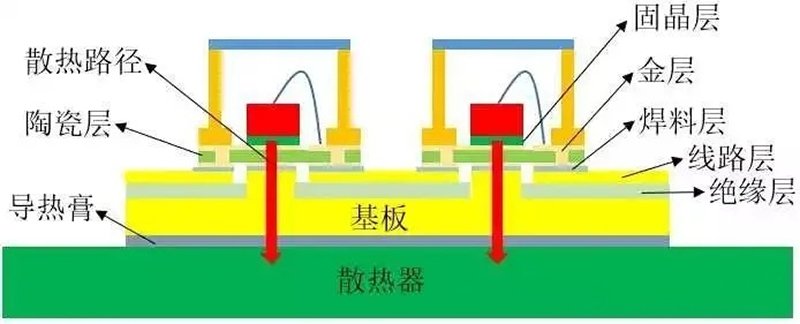
(DOB of UV LED chip with vertical structure (package the LED chip in the device and then weld multiple devices on a substrate)
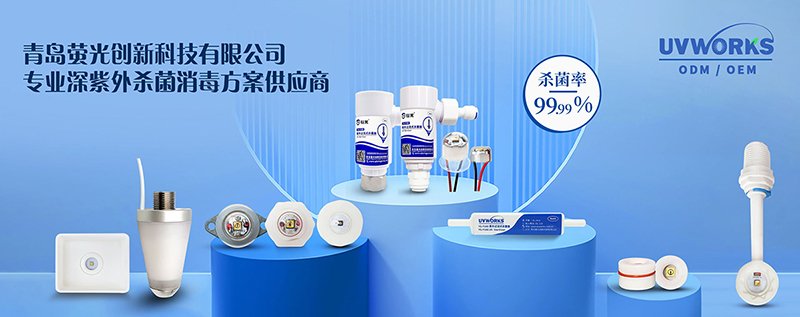
Qingdao fluorescent Innovation Technology Co., Ltd. has a professional post doctoral team, focusing on the research of UV sterilization application. After years of deep cultivation in the UV industry, the company has obtained a number of national invention and utility model patents. At present, a number of sterilization module products have been put into the market. For more details, please visit the company's website at www.qdyingguang Com contact the company to obtain or follow the wechat official account.

